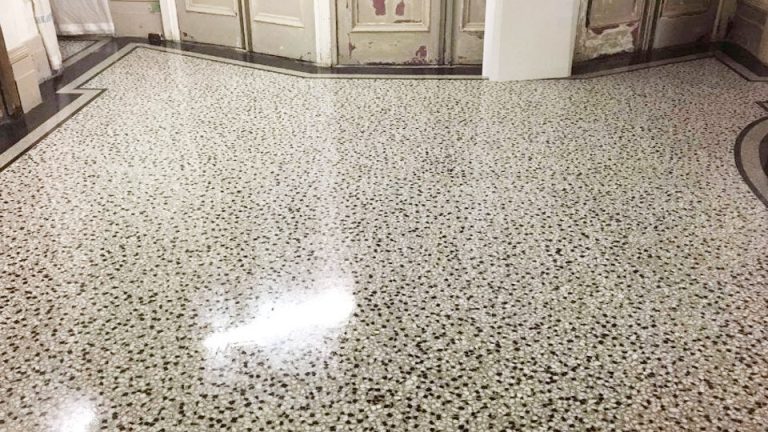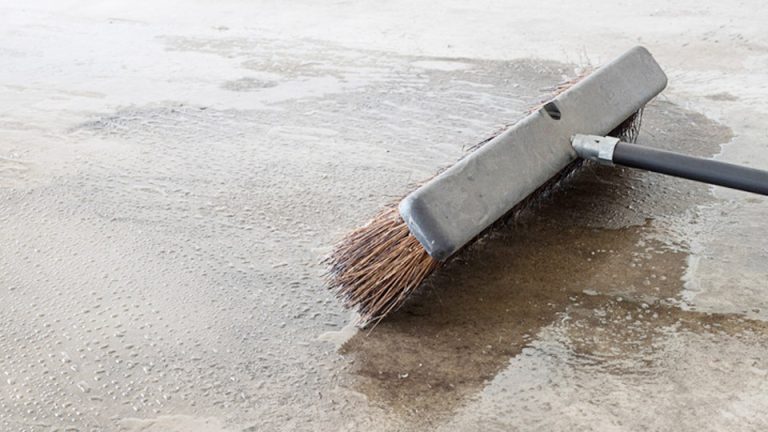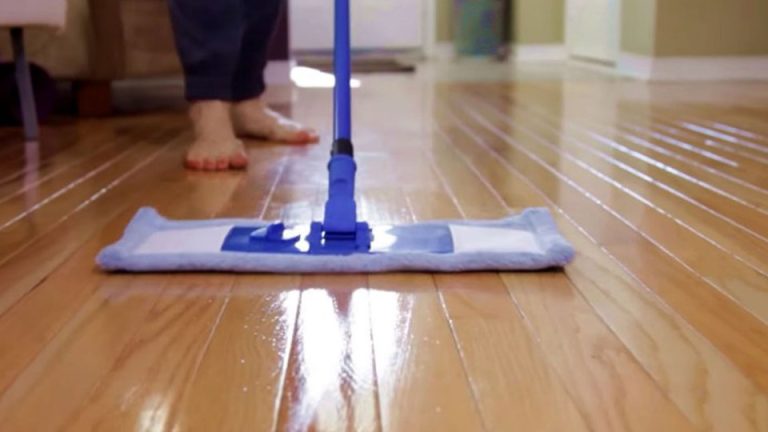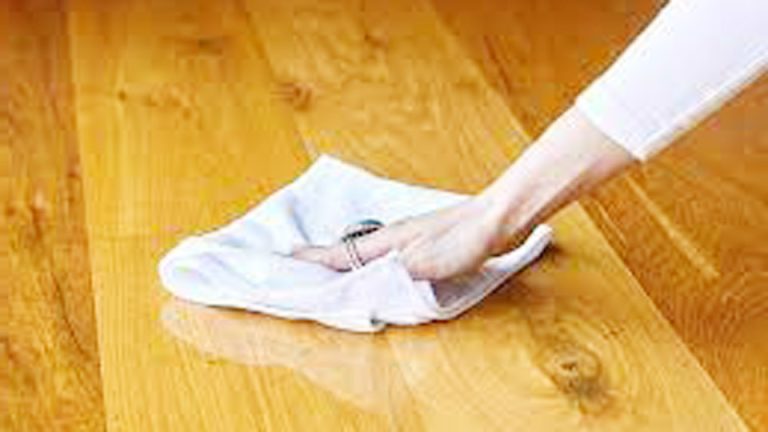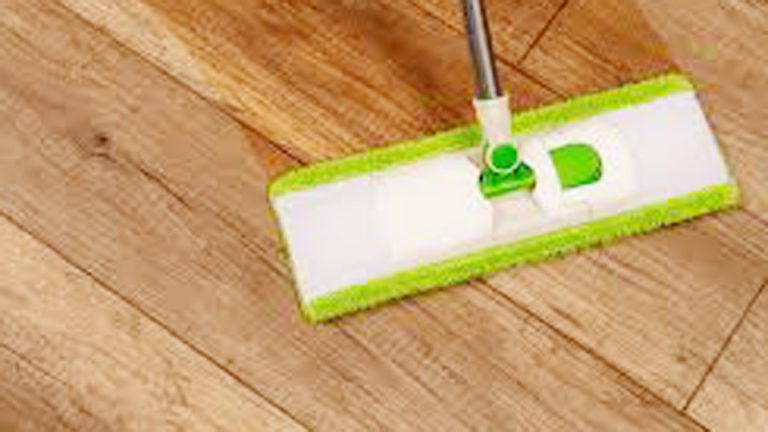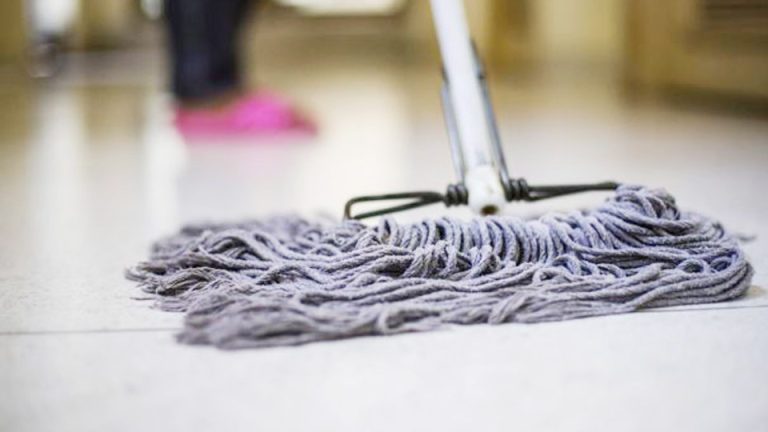As a pet lover and cleaning enthusiast, I’ve faced my fair share of pet messes, especially from my playful golden retriever, Max, who had a knack for leaving surprise puddles during his puppy days. Finding the best tile cleaner for pet urine became my mission when I noticed lingering odors on my kitchen tiles, even after mopping.
I wanted solutions that were safe, effective, and easy to use without harsh chemicals that could harm Max or my family. After years of experimenting with natural cleaners like vinegar and baking soda, as well as enzyme-based products, I’ve perfected a routine that keeps my tile floors spotless and odor-free.

I’ll share my personal tips, step-by-step methods, and real-life stories to help you tackle pet urine on tiles, whether you’re a busy mom or a professional keeping your home pristine. Let’s make your floors fresh and pet-friendly!
Why Pet Urine on Tiles Is Tricky
Pet urine on tile floors might seem easier to clean than on carpets, but it’s not as simple as it looks. I learned this when Max’s accidents seeped into the grout lines of my bathroom tiles, leaving a stubborn smell. Tiles are non-porous, so urine sits on the surface, but grout is porous and absorbs liquid, trapping odors and bacteria.
If not cleaned properly, the smell lingers, and pets like Max might return to the same spot, thinking it’s their bathroom. I wanted cleaners that not only removed stains but also neutralized odors to keep my home fresh. Natural solutions and enzyme cleaners became my go-to, as they’re safe for my family and effective on tough urine stains.
Understanding Your Tile and Grout
Before diving into cleaning, let’s talk about tiles. I have ceramic tiles in my kitchen and porcelain in my bathroom, and each type reacts differently to cleaners. Ceramic tiles are durable but can have porous grout that soaks up urine. Porcelain is less absorbent but still needs proper cleaning to avoid etching.
Natural stone tiles, like marble, are delicate and can be damaged by acidic cleaners like vinegar, as I discovered when I accidentally dulled a marble countertop. Always check your tile type and test cleaners in a hidden corner, like behind a door, to avoid damage. Knowing your surface helps you choose the best tile cleaner for pet urine.
Gathering Your Cleaning Supplies
To tackle pet urine on tiles, I keep a few trusted tools in my cleaning arsenal. These are affordable, pet-safe, and likely already in your home or easy to find. Here’s what I use:
- White vinegar: Neutralizes odors and breaks down urine.
- Baking soda: Absorbs smells and lifts stains.
- Enzyme-based pet cleaner: Breaks down urine proteins and odors.
- Liquid dish soap: Cuts through greasy residue.
- Warm water: Dilutes cleaners for safe application.
- Spray bottle: For even application of solutions.
- Soft-bristle brush or old toothbrush: For scrubbing grout.
- Microfiber cloths or paper towels: For blotting and wiping.
- Mop or sponge: For larger areas.
- Dry towels: To absorb excess moisture.
- Fan or dehumidifier: To speed drying and prevent mold.
- Protective gloves and mask: To avoid bacteria and fumes.
These items make cleaning pet urine a breeze, whether it’s a fresh puddle or a set-in stain.
Step-by-Step Guide to Cleaning Fresh Pet Urine with Vinegar and Baking Soda
When Max was a puppy, fresh urine puddles were a daily occurrence. This natural method using vinegar and baking soda became my go-to for fresh messes. Here’s how I do it:
Blot the Urine Immediately
As soon as I spot a puddle, I grab paper towels or a microfiber cloth to blot up as much urine as possible. I press firmly to absorb liquid from the tile and grout. I learned to act fast after Max peed on my kitchen floor, and delaying made the smell worse.
Mix a Vinegar Solution
In a spray bottle, I mix 1 cup white vinegar with 1 cup warm water to dilute the acidity and protect my tiles. I add a drop of liquid dish soap for extra cleaning power on greasy spots. I shake gently to combine. I avoid undiluted vinegar on delicate tiles to prevent etching.
Apply the Solution
I spritz the vinegar solution onto the urine spot, focusing on the grout lines where odor hides. I let it sit for 10 minutes to break down urine and neutralize smells. For small areas, I dab the solution with a cloth to avoid over-wetting.
Sprinkle Baking Soda
I sprinkle 2-3 tablespoons of baking soda over the wet area, causing a fizzing reaction that lifts urine residue. I let it sit for 5 minutes to absorb odors. This step worked wonders on my bathroom tiles, leaving them fresh.
Scrub the Grout
Using an old toothbrush, I gently scrub the grout lines to lift stains. For tiles, I use a soft-bristle brush to avoid scratching. I reapply the vinegar solution if needed for stubborn spots. This removed a fresh urine stain from my kitchen tiles in minutes.
Wipe and Rinse
I wipe the area with a damp microfiber cloth to remove residue and baking soda. I rinse the cloth often to avoid spreading urine. I mop with plain water to remove any vinegar or soap, ensuring the floor isn’t slippery.
Dry Thoroughly
I dry the tiles with a clean towel, then use a fan to ensure no moisture remains, especially in grout lines. This prevents mold, which I learned after leaving wet grout that grew fuzzy spots.
Tackling Set-In Pet Urine Stains with Baking Soda Paste
For older, set-in stains, like the ones I found in my guest bathroom after Max’s puppy phase, I use a baking soda paste. Here’s my method:
Make a Baking Soda Paste
In a small bowl, I mix 3 tablespoons baking soda with a splash of water to form a thick paste. I apply it to the stained grout or tile with a microfiber cloth and let it sit for 10-15 minutes. This paste lifted a yellowed stain from my bathroom grout.
Scrub Gently
Using an old toothbrush, I scrub the paste into the grout in circular motions. For tiles, I use a soft cloth to avoid scratches. I reapply paste for stubborn stains, like a dark spot I found near the toilet.
Rinse and Dry
I wipe the area with a damp cloth, then mop with plain water to remove residue. I dry thoroughly with a towel and fan to prevent moisture buildup. This method restored my grout to its original color.
Tips for Success
I use the paste sparingly on delicate tiles and test first to avoid abrasion. I also vacuum up any loose baking soda to prevent it from clogging my mop.
Using Enzyme Cleaners for Stubborn Pet Urine Odors
For tough odors that linger, like in my entryway tiles after Max marked the same spot repeatedly, I turn to enzyme-based cleaners. These are my go-to for deep cleaning:
Choose a Pet-Safe Enzyme Cleaner
I pick an enzyme cleaner designed for pet urine, as it breaks down proteins and odor-causing bacteria. I used one on my kitchen tiles, and the smell vanished after one application.
Apply the Cleaner
I spray the enzyme cleaner generously on the stained area, ensuring it soaks into the grout. I let it sit for 15-30 minutes, depending on the product’s instructions. For old stains, I cover the area with a damp cloth to keep it wet longer.
Wipe and Rinse
I blot with a microfiber cloth, then mop with plain water to remove residue. I dry thoroughly with a towel and fan. This method eliminated a persistent odor in my entryway.
Why It Works
Enzyme cleaners digest urine at a molecular level, removing smells that attract pets back to the spot. I found this crucial for breaking Max’s habit of re-marking.
Comparing Pet Urine Cleaning Methods for Tiles
I’ve tried various methods to find the best tile cleaner for pet urine, and each has its strengths. Here’s a table comparing my top approaches:
| Method | Ingredients/Tools | Pros | Cons | Best For |
|---|---|---|---|---|
| Vinegar & Baking Soda | Vinegar, baking soda, water, dish soap | Natural, affordable, neutralizes odors, lifts stains | Not for marble, needs drying, may require scrubbing | Fresh urine, general cleaning |
| Baking Soda Paste | Baking soda, water, toothbrush | Lifts set-in stains, deodorizes | Abrasive, needs rinsing, not for frequent use | Old stains, grout cleaning |
| Enzyme Cleaner | Pet-safe enzyme spray | Breaks down odors, prevents re-marking, easy to use | More expensive, may need multiple applications | Stubborn odors, repeat marking |
| Dish Soap Solution | Dish soap, water, cloth | Cuts grease, safe for tiles, quick | Less effective on odors, slippery if not rinsed | Fresh urine, light stains |
The vinegar and baking soda method is my go-to for fresh messes, while enzyme cleaners are best for persistent odors.
Tile-Specific Cleaning Tips
Different tiles need tailored care. Here’s how I adjust my approach:
Ceramic Tiles
My kitchen ceramic tiles are durable, so I use the full vinegar and baking soda method weekly. They handle moisture well, but I focus on grout to prevent odor buildup.
Porcelain Tiles
My bathroom porcelain tiles are less porous, so I use enzyme cleaners for deep odor removal. I avoid over-scrubbing to protect the glaze.
Natural Stone Tiles
For stone tiles, I skip vinegar and use a mild dish soap solution or enzyme cleaner, as acids can etch the surface, like when I dulled my marble countertop.
Grout Lines
Grout is my biggest challenge, so I use a toothbrush with baking soda paste or enzyme cleaner for deep cleaning, followed by thorough drying.
Preventing Pet Urine Stains and Odors
Keeping tiles urine-free is easier with preventative habits. Here’s what I do:
Clean Up Immediately
I blot urine puddles right away with paper towels to prevent them from seeping into grout. This saved my kitchen tiles from Max’s accidents.
Seal Grout Regularly
I seal my grout every 1-2 years to make it less porous, reducing urine absorption. This made cleaning easier after Max’s puppy phase.
Use a Dehumidifier
I run a dehumidifier in humid areas like my bathroom to keep moisture low, preventing mold and odor buildup.
Train Your Pet
I worked with Max on consistent potty training, rewarding him for going outside. This reduced accidents and kept my tiles cleaner.
Extra Pet Urine Cleaning Hacks I Love
Here are some tricks I’ve picked up to make cleaning easier:
- Black Light for Hidden Stains: I use a black light to find dried urine spots that glow, like in my hallway where Max sneaked a pee.
- Baking Soda Overnight: I sprinkle baking soda on grout overnight to absorb odors, then vacuum it up.
- Vinegar Soaked Towel: For tough stains, I lay a vinegar-soaked towel on the grout for 10 minutes before scrubbing.
You’re Ready to Keep Your Tiles Spotless!
Finding the best tile cleaner for pet urine has transformed my home, and I’m thrilled to share my methods with you. With natural solutions like vinegar and baking soda, plus enzyme cleaners for stubborn odors, you can keep your tiles fresh and pet-friendly.
My step-by-step guide and tips make it easy to tackle messes, even during the busiest days. Your tiles deserve to be clean and odor-free, and you’ve got the tools to make it happen.
Frequently Asked Questions
Can I use vinegar on all tiles for pet urine?
Vinegar is safe for ceramic and porcelain tiles when diluted, but I avoid it on natural stone like marble, as it can etch the surface. I test a small area first.
How long does it take to clean pet urine with baking soda?
I let baking soda sit for 5-15 minutes with vinegar or as a paste, then scrub and dry. The process takes about 30 minutes for fresh stains.
Will these cleaners remove pet urine odors completely?
Yes, my vinegar, baking soda, and enzyme cleaner methods eliminate odors. Enzyme cleaners are especially effective for deep, lingering smells.
What if the urine smell comes back after cleaning?
If odors return, I check for missed spots with a black light and reapply an enzyme cleaner. I also ensure the grout is sealed to prevent absorption.
Are these cleaners safe for homes with pets or kids?
Yes, my methods are pet-safe and non-toxic when used properly. I rinse thoroughly and dry completely to avoid residue that pets or kids might touch.

